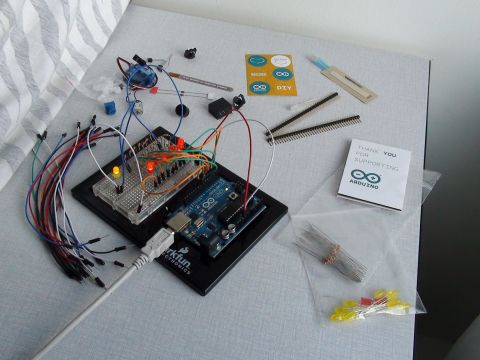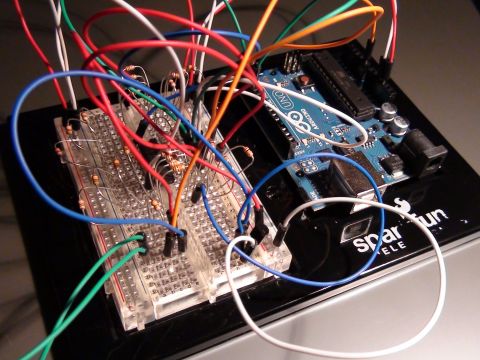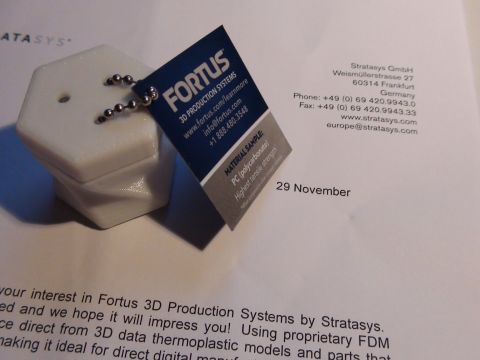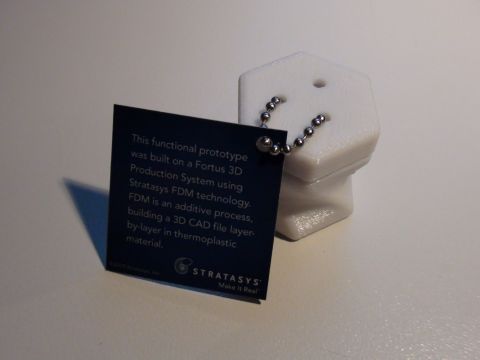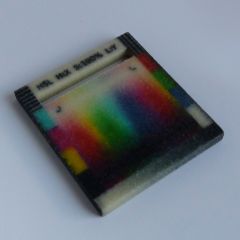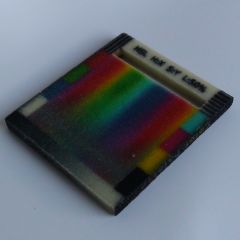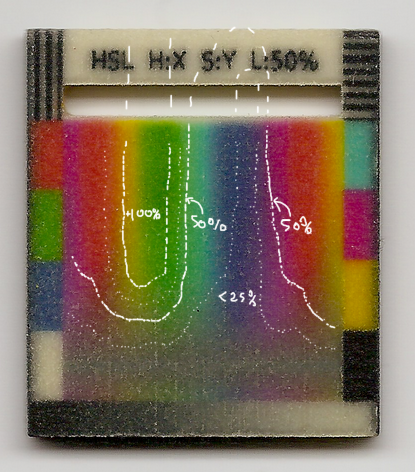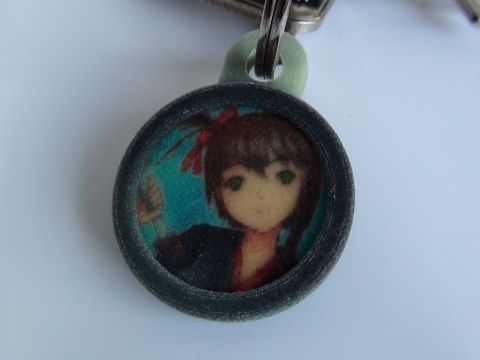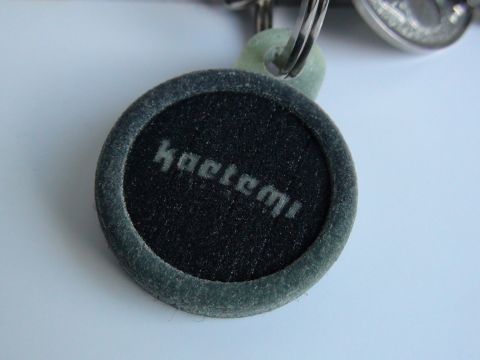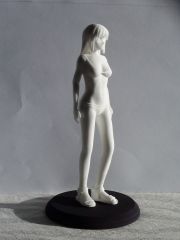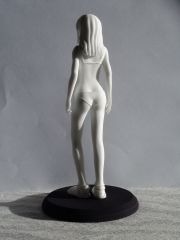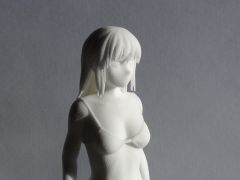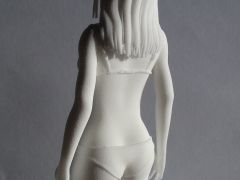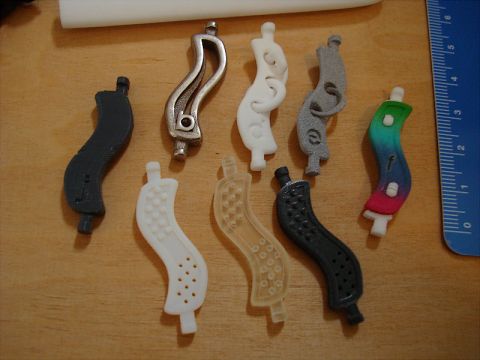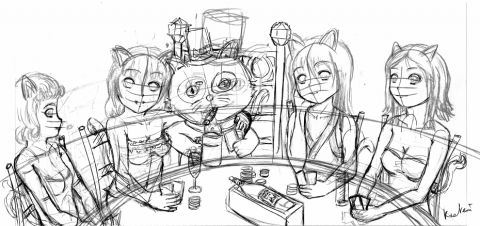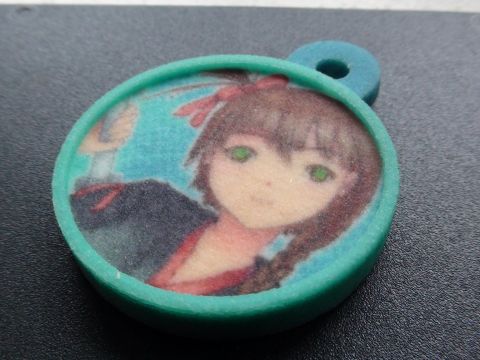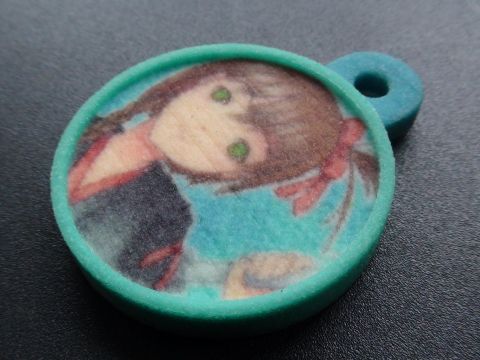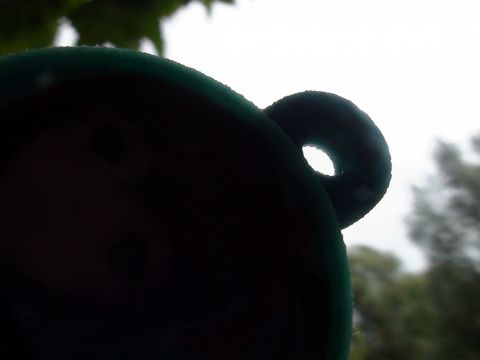So, I recently bought an Arduino. It's a programmable microcontroller board for prototyping circuits. I got one of Sparkfun's kits, which has some random cool stuff in it as well, such as a bend sensor, a fancy soft slider, and LEDs.
The circuit in the above picture is a digital-to-analog converter, more specifically an R-2R DAC, with some LEDs plugged into it. There is PWM output available on the Arduino, but it didn't seem to run at a high enough rate for getting some sound out of it. I rebuilt this with the serial-to-parallel IC that also came with the kit, 10kOhm resistors, and a transistor. There were just enough resistors in the kit.
The green wires go to a speaker. Near the green wires is an orange wire that goes to an analog input of the Arduino, which is used at setup to map the actual voltage at that point to all the possible digital values, because the transistor isn't very linear in it's input/output relation. Works good enough.
Ordered a few hundred more resistors, a bunch of ICs, and some more things, to try out some more stuff.
